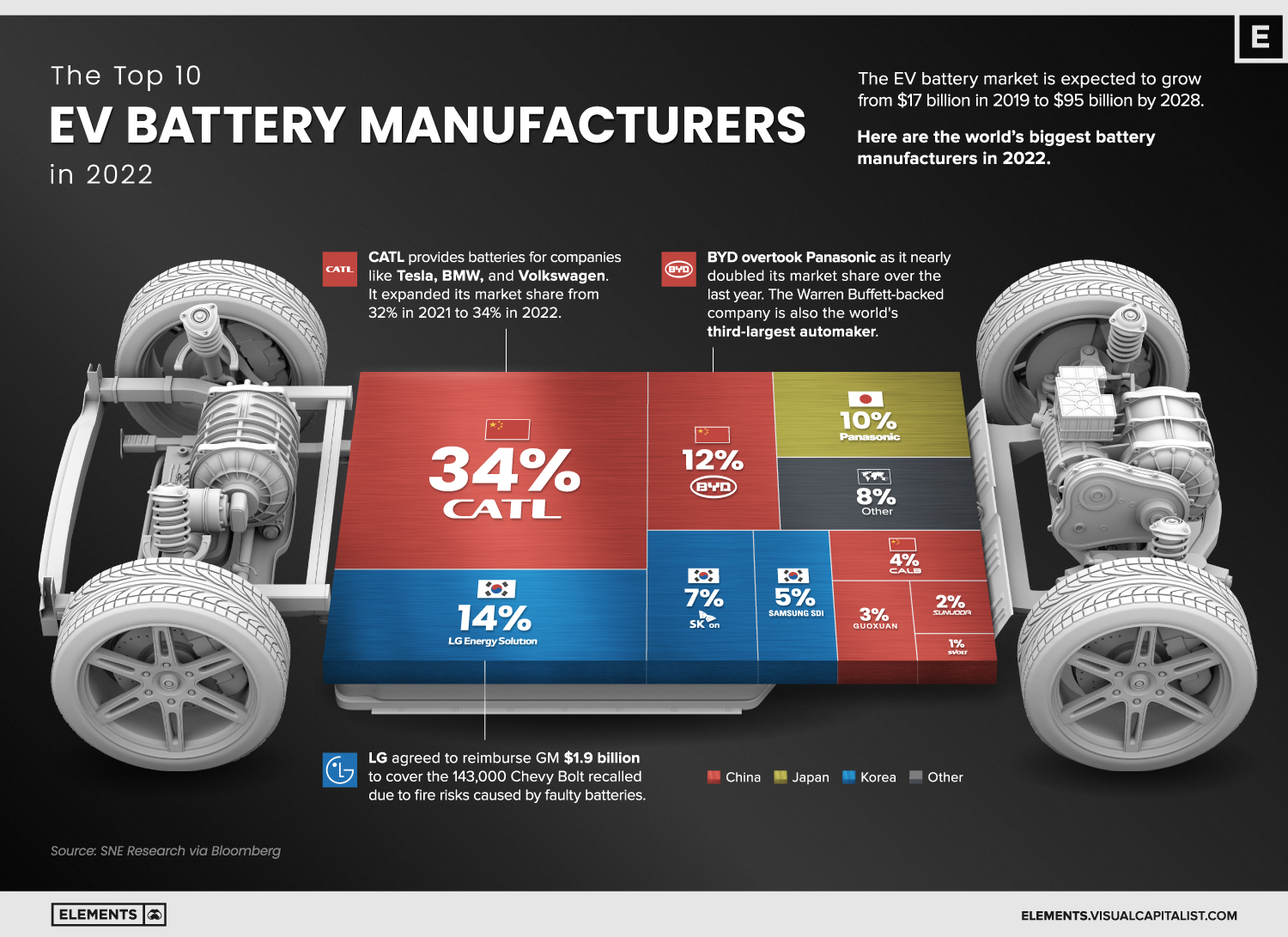Electric car batteries have a lot of conflicting demands. In the next 10 years millions of old electric car batteries will need to be recycled or discarded. To succeed, they should consider action in.
Back To The Future Rocket League Car ™ Pack Desgar
Used Car 1961 Ford Falcon Futura No Reserve 347powered For Sale On Bat
Upcoming Herh Care Technogy On The Future Of Hethcare Health Technology Health Insights
8 Futuristic Battery Projects That Could Power Tomorrow's Electric
Electric vehicles (evs) are no longer a distant promise of a sustainable future;
The shortage of ev batteries is one of the auto industry's major challenges for future growth.
A new mit battery material could offer a more sustainable way to power electric cars. In 2022, lithium demand exceeded supply (as in 2021) despite the 180% increase in production since 2017. Gain insights into the latest trends in electric vehicle batteries from iea's 2024 report, crucial for stakeholders across sectors, from investors to consumers. From increased mileage to decreased emissions, the.
The race for better electric car batteries is being called the next gold rush. Those savings can be achieved by making dozens of small improvements — like producing batteries close to car factories to avoid shipping costs — and by reducing. “batteries are a key technology in achieving our goals for decarbonization, as well as improving reliability and resilience in our energy supply chain,” haresh kamath,. The race is on to generate new technologies to ready the battery industry for the transition toward a future with more renewable energy.

They are a reality we’re living.
Scientists spend weeks charging and discharging them, measuring how they perform. In 2022, about 60% of lithium, 30% of cobalt and 10% of nickel. More electric range, faster charging. Batteries for mobility applications, such as electric vehicles (evs), will account for the vast bulk of demand in 2030—about 4,300 gwh;
Scientists are working to ensure the electric vehicle (ev) batteries being sold today can be recycled in 2030 and beyond, when thousands of batteries will reach. The greencars team goes into detail on what that means here. Focusing on three areas can help players meet demand.








